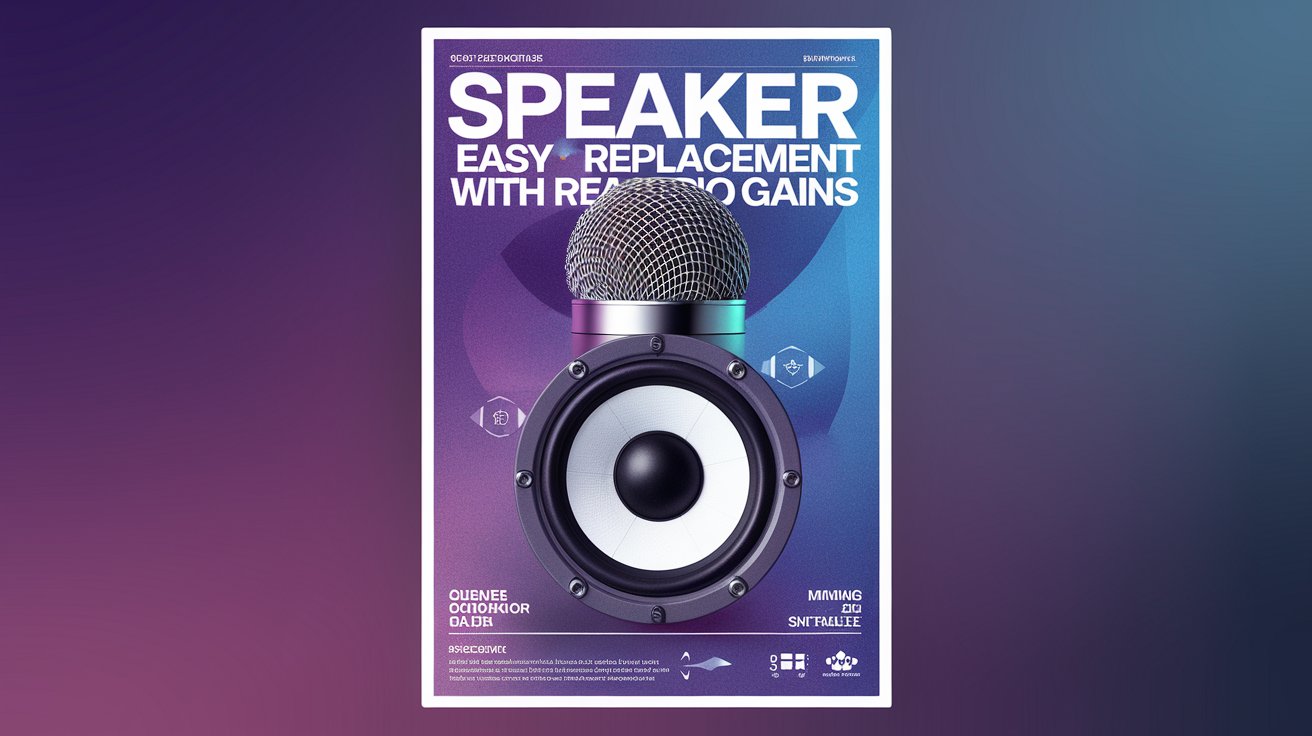In the vast world of blogging, how do you ensure your content stands out and resonates with both readers and search engines? The answer lies in embracing the power of “your topics | multiple stories.” But what does this mean, and how can you harness it effectively?
Biography Table for “Your Topics | Multiple Stories”
| Aspect | Details |
|---|---|
| Main Concept | **”Your Topics |
| SEO Benefits | Boosts SEO by covering multiple aspects of a topic, enabling ranking for various keywords and enhancing topical authority. |
| Key Elements | Multiple viewpoints, in-depth analysis, diverse formats (scientific, personal, historical), expert opinions, and real-life examples. |
| Content Structure | Typically structured with an engaging introduction, divided sections for different perspectives, balanced representation, and a strong conclusion with calls to action. |
| Audience Engagement | Encourages reader interaction by providing different perspectives, which increases time on page, comment discussions, and social sharing. |
| Real-World Examples | Topics like climate change, politics, tech innovation, or even pop culture can benefit from this approach. Examples include scientific studies, activist perspectives, etc. |
| Competitor Content | News outlets, opinion blogs, research papers, and expert interviews often utilize this format to provide a well-rounded view. |
| Keyword Opportunities | Focuses on main keywords like “diverse perspectives,” “multiple viewpoints,” “different accounts,” and others related to the central topic. |
| Target Search Intent | Users searching for diverse takes on a topic, comparing opinions, or seeking an in-depth exploration from multiple sources. |
What Does “Your Topics | Multiple Stories” Mean?
At first glance, the phrase “your topics | multiple stories” might seem ambiguous. However, it encapsulates a powerful blogging strategy: exploring a single topic from various perspectives. Instead of presenting a one-dimensional view, you delve into multiple angles, offering readers a comprehensive understanding.
Why is this approach beneficial?
- Enhanced Engagement: Readers appreciate content that provides diverse viewpoints, keeping them hooked.
- SEO Advantages: Covering a topic extensively increases the chances of ranking for multiple related keywords.
- Authority Building: Demonstrating a deep understanding of a subject positions you as an expert.

How to Structure Your Blog Using Multiple Perspectives
To effectively implement this strategy, consider the following structure:
1. Compelling Introduction
Begin with a hook that grabs attention. Pose a question or present a surprising fact related to your topic.
2. Diverse Perspectives
Present different viewpoints on the topic. For instance, if discussing climate change:
- Scientist’s Perspective: Present data and research findings.
- Activist’s View: Share firsthand experiences and calls to action.
- Policy Maker’s Insight: Discuss governmental strategies and challenges.
3. Balanced Representation
Ensure each perspective is given equal weight. Avoid favoring one viewpoint over others unless analyzing contrasting opinions.
4. Engaging Conclusion
Summarize the key takeaways from each perspective. Encourage readers to form their own opinions and invite them to share their thoughts in the comments.
SEO Best Practices for Multi-Perspective Blogs
While crafting engaging content is essential, optimizing it for search engines ensures it reaches a broader audience. Here are some SEO strategies to consider:
- Keyword Integration: Naturally incorporate primary and secondary keywords throughout the post, especially in headings and introductory paragraphs.
- Internal Linking: Link to other relevant blog posts on your site to enhance topical authority.
- External Linking: Cite credible sources to back up claims and provide readers with additional resources.
- Meta Descriptions: Write concise meta descriptions that encapsulate the essence of the blog, enticing users to click.
- Alt Text for Images: Use descriptive alt text for images to improve accessibility and SEO.

Real-World Example: “Climate Change: Voices from Around the World”
Imagine a blog post titled “Climate Change: Voices from Around the World.” This post could feature:
- A Scientist’s Perspective: Discussing the data and research on climate change.
- An Activist’s View: Sharing firsthand experiences from climate protests.
- A Farmer’s Account: Explaining how changing weather patterns affect agriculture.
- A Policy Maker’s Insight: Outlining governmental strategies to combat climate change.
Each section provides a unique angle, offering readers a holistic understanding of the issue.
The Role of Storytelling in SEO
Storytelling isn’t just for novels; it’s a powerful tool in SEO content writing. By weaving narratives into your blog posts, you can:
- Humanize the Topic: Personal stories make complex issues more relatable.
- Increase Time on Page: Engaging stories encourage readers to stay longer.
- Enhance Shareability: Compelling narratives are more likely to be shared on social media.
Incorporate anecdotes, case studies, or personal experiences to enrich your content.
Embracing Google’s Perspectives Carousel
Google’s Perspectives carousel showcases content that offers diverse viewpoints on a topic. To have your blog featured:
- Create High-Quality Content: Ensure your blog provides valuable insights and is well-written.
- Optimize for Mobile: A significant portion of users access content via mobile devices.
- Encourage Engagement: Posts that generate discussions and interactions are more likely to be highlighted.
By aligning your content with these criteria, you increase the chances of appearing in Google’s Perspectives carousel, enhancing visibility and engagement.

Final Thoughts
Crafting a blog that presents multiple stories requires a balance of structure, SEO knowledge, and storytelling prowess. By offering diverse perspectives, you not only enrich your content but also cater to a wider audience. Remember, the goal is to inform, engage, and inspire your readers while ensuring your content is discoverable and ranks well on search engines.
If you’re ready to embark on this journey, start by selecting a topic you’re passionate about and explore it through various lenses. The world of multi-perspective blogging awaits you!













Comments 1